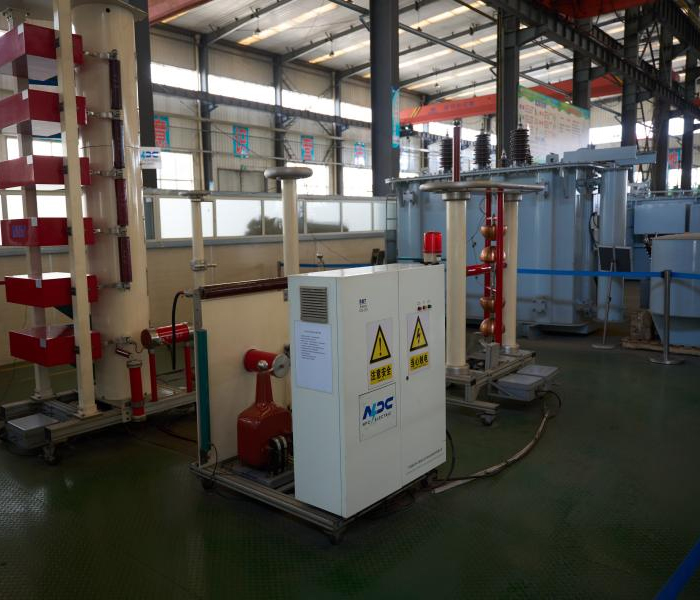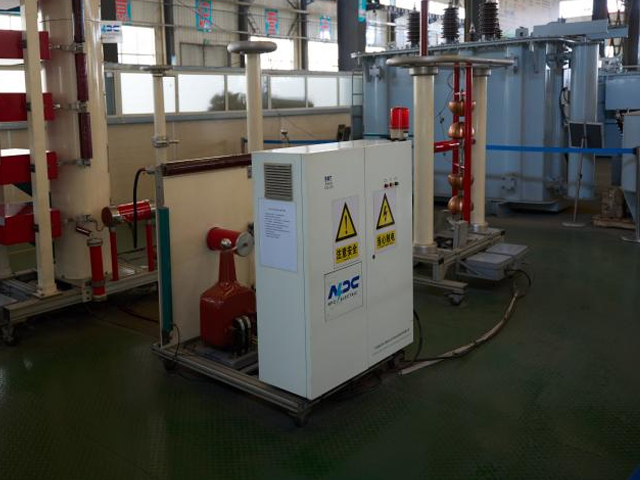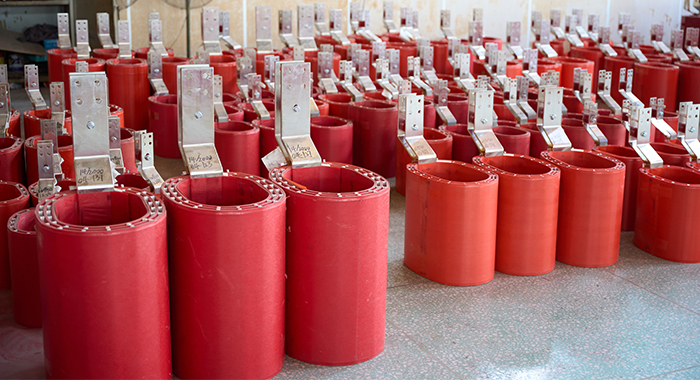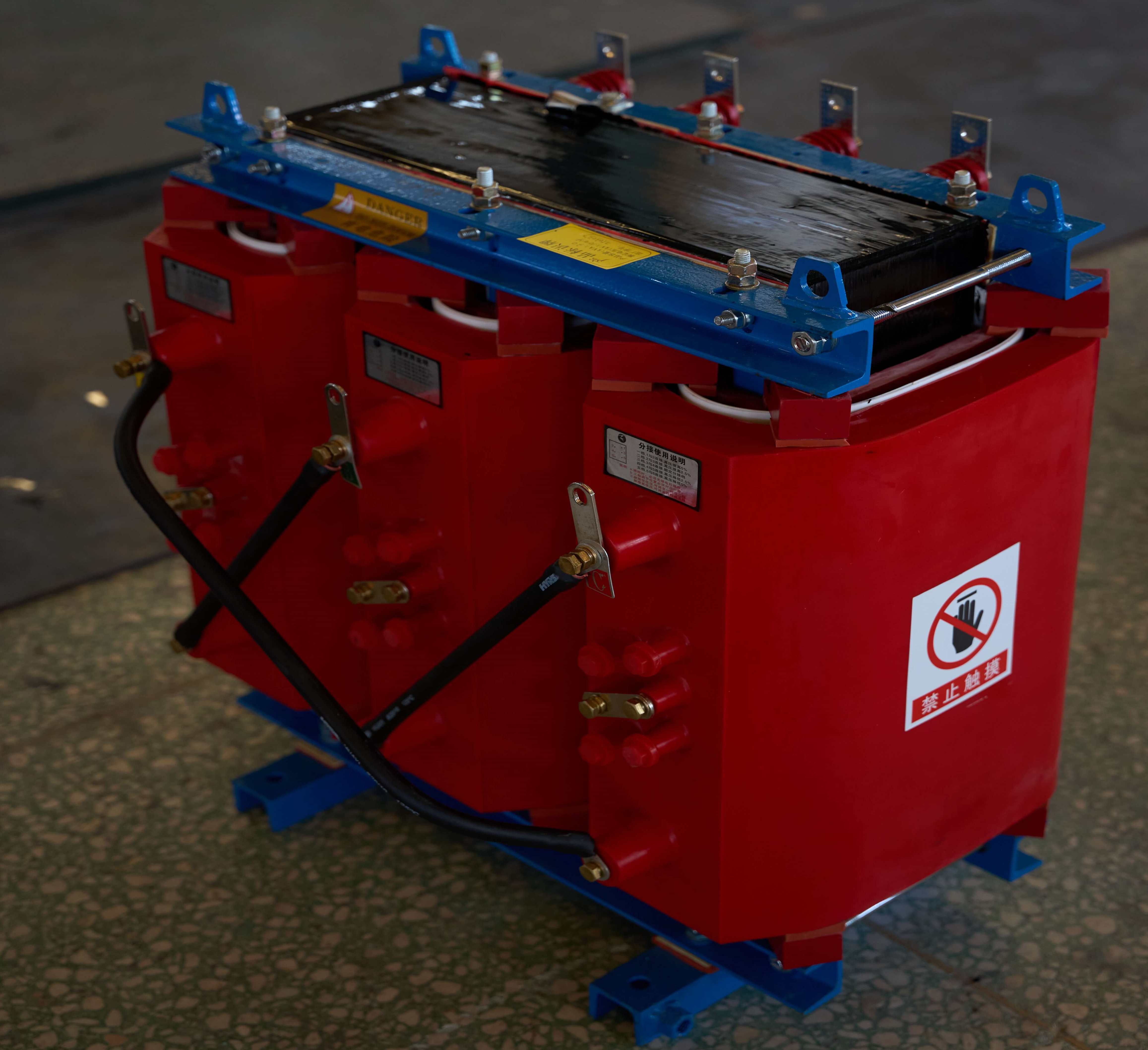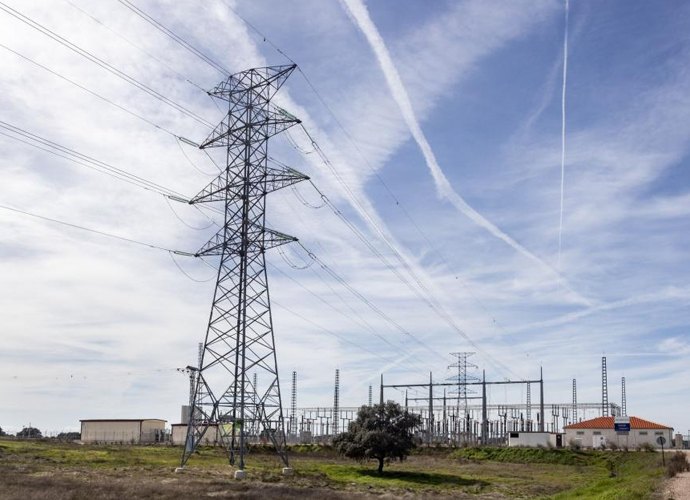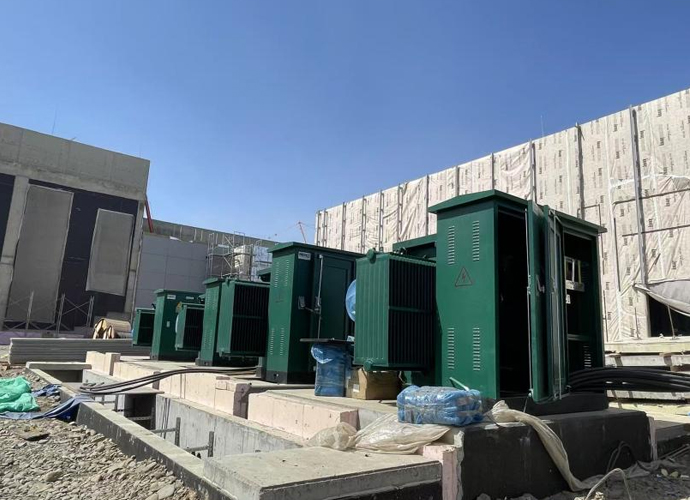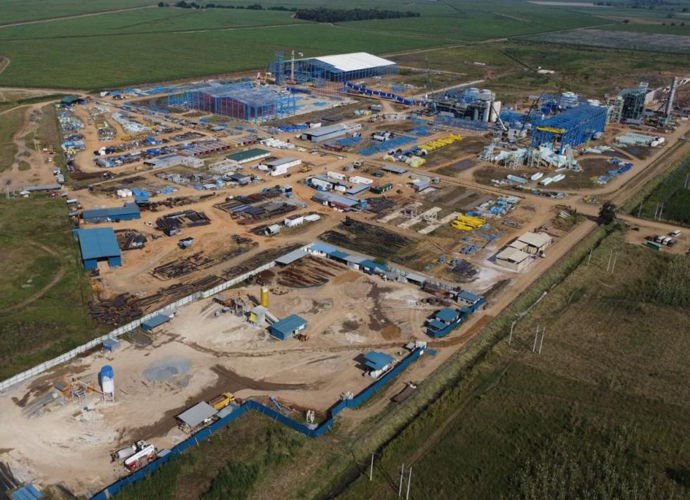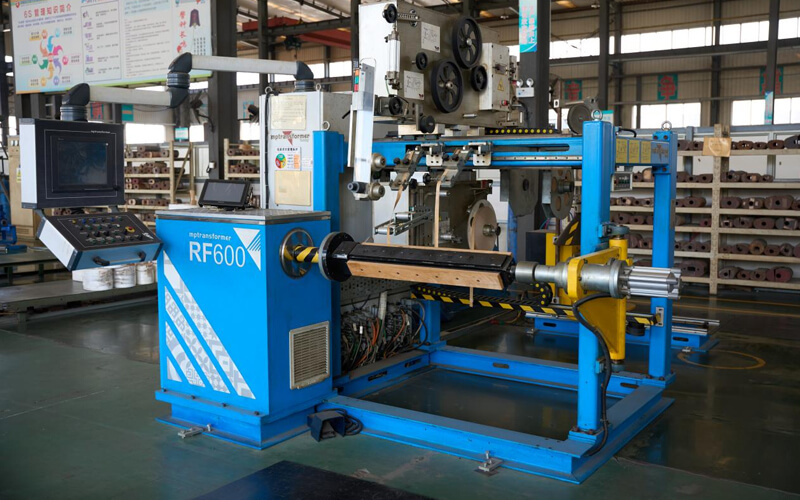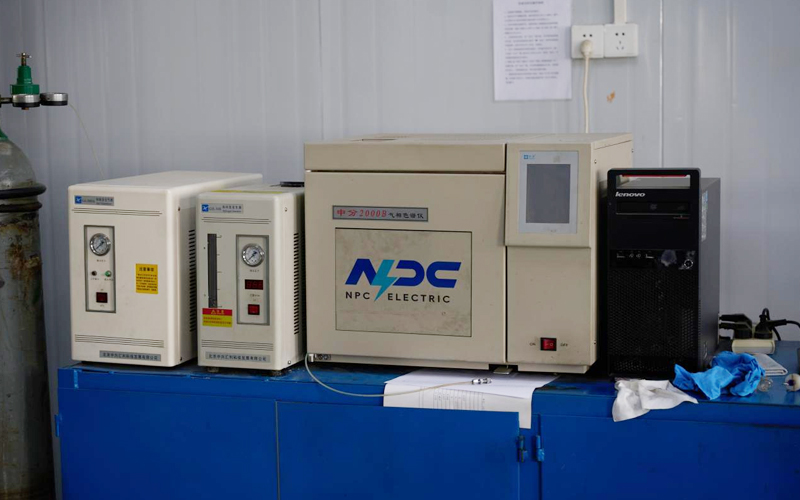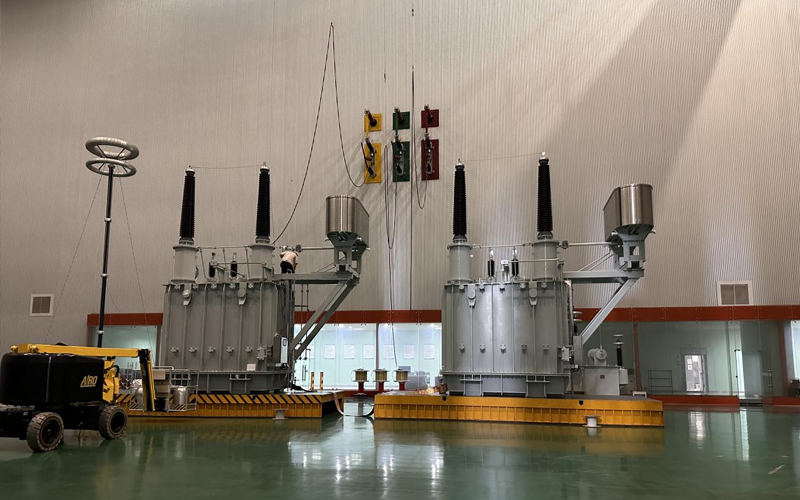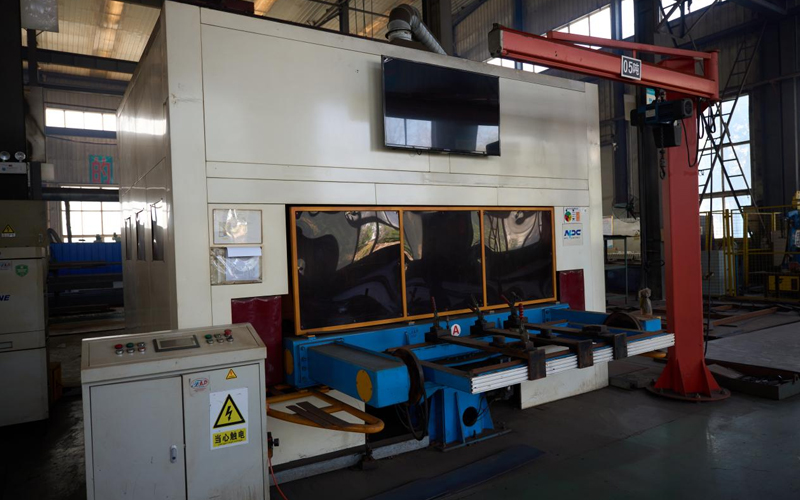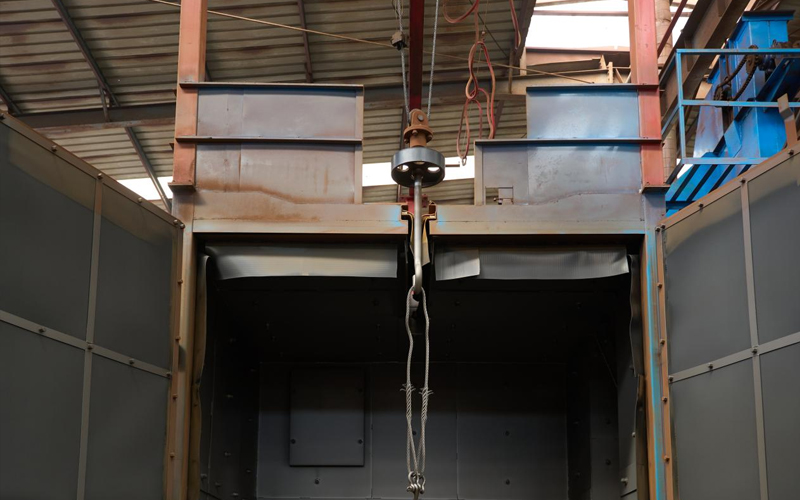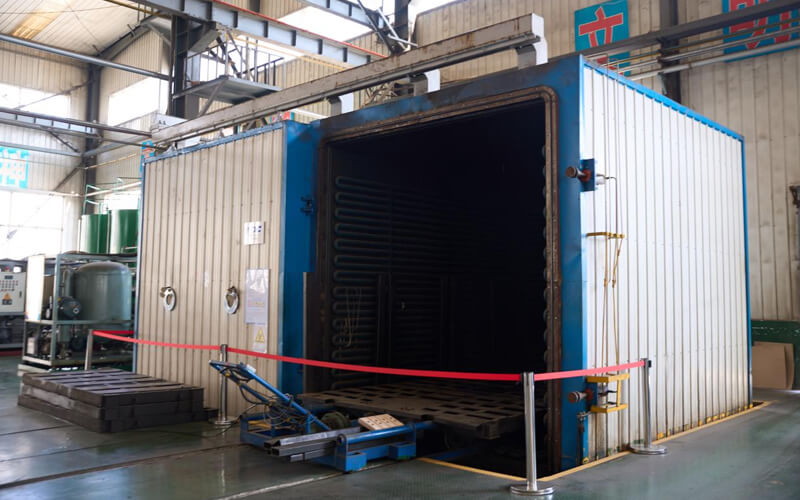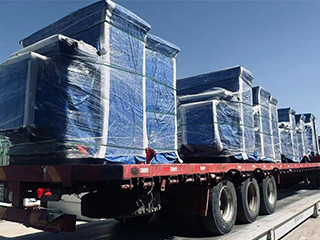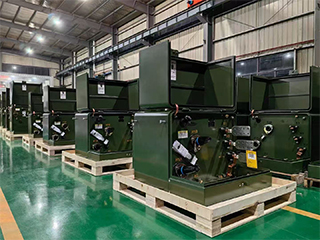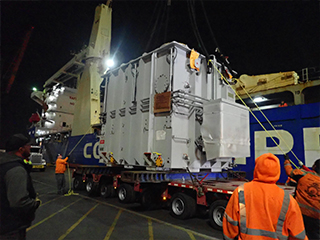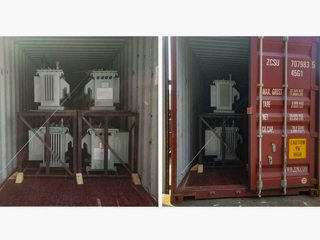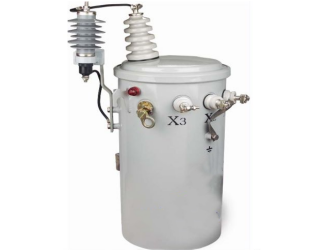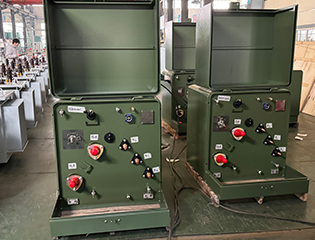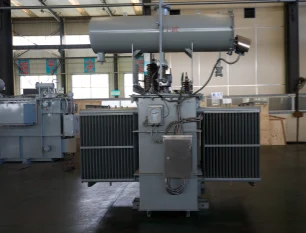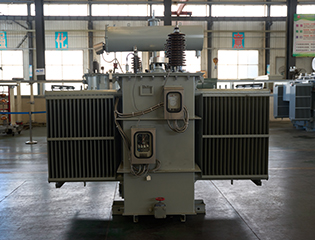2000kVA Dry Type Transformer
- Primary Voltage Ratings 34.5-19.92/13.8-7.957/13.2-7.62/12.47-7.2, 24.94, 26.25, 33 or others
- Secondary Voltage Ratings 480/277V,400/230V,380/220V or customized
- H.V. Tap Range ± 2×2.5% HV taps or others
- Type Dry type transformer
- BIL 30/95kV
- Standards IEEE, ANSI, NEMA,IEC,GB
- Application residential power distribution, power systems and distribution networks, office buildings, transportation facilities etc
- Power Rating 2000kVA
- Certificate UL ,CESI
- Cooling Method OA/OF
- Opeartion Step Down & Step Up
Technical Specifications
| Technical Specifications | ||
| Rated Power | 2000 kVA | |
| Rating Primary Voltage | 2.4-34.5kV | |
| Secondary Voltage | 480/277V 400/230V 380/220V Customized |
|
| Frequency | 50/60Hz | |
| Vector Group | Dyn11,Yyn0,Dyn5 | |
| Winding Material | Aluminum/Copper | |
| Efficiency | As IEEE,Doe 2016,CAS Std or Customized | |
| Impedance Voltage | Nominal 2% or Customized 1.1-5.75% | |
| Altitude | ≤1,000m or Customized | |
| Enclosure material | 304 Stainless Steel | |
| Total Weight | 15000 kg | |
| Outline Dimensions(L×W×H)in. | 3200×2000×2880(mm) | |
| HV Bushing |
| LV Bushing |
| Tap changer connector |
| Lifting hook for complete transformer |
| Name plate |
Customization Optional
Packing and Shipping
The transformer is securely fastened within the crate or frame to prevent any movement during handling or transportation. To further enhance protection, the transformer may be wrapped in moisture-resistant plastic or shrink-wrapped to shield it from environmental elements such as humidity, dust, or dirt during shipment. It is clearly labeled with necessary shipping details, including model number, weight, handling instructions, and any other relevant information to ensure proper identification and careful handling during transport.
The packaging also includes all required shipping documentation, including customs clearance papers, inspection certificates, and safety data, especially for international shipments. This ensures compliance with local regulations and facilitates smooth customs processing. The transformer is then transported by the most suitable means, such as by road, sea, or rail, depending on the delivery location. Heavy-duty lifting equipment, such as cranes or forklifts, is used for loading and unloading to avoid any physical damage.
Upon arrival at the destination, the transformer is carefully unloaded and subjected to a final inspection to ensure that no damage occurred during shipping. Once verified, the transformer is ready for installation. The entire packing and shipping process guarantees that the NPC Electric 2000kVA Dry-Type Transformer arrives safely and is fully prepared for reliable operation in its intended application.
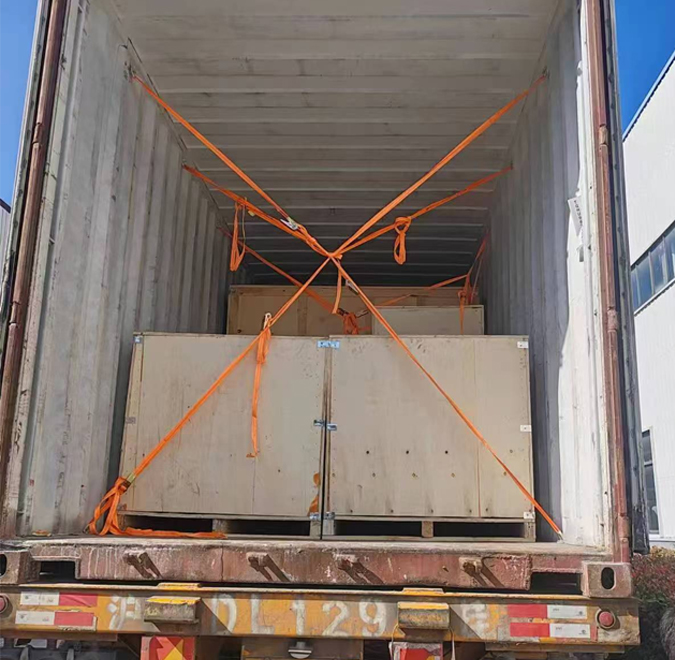
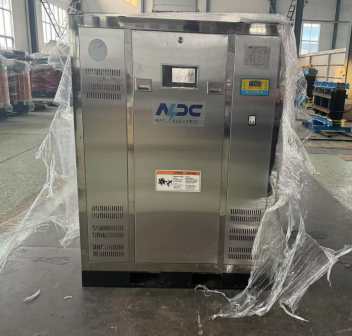
Manufacturer Test
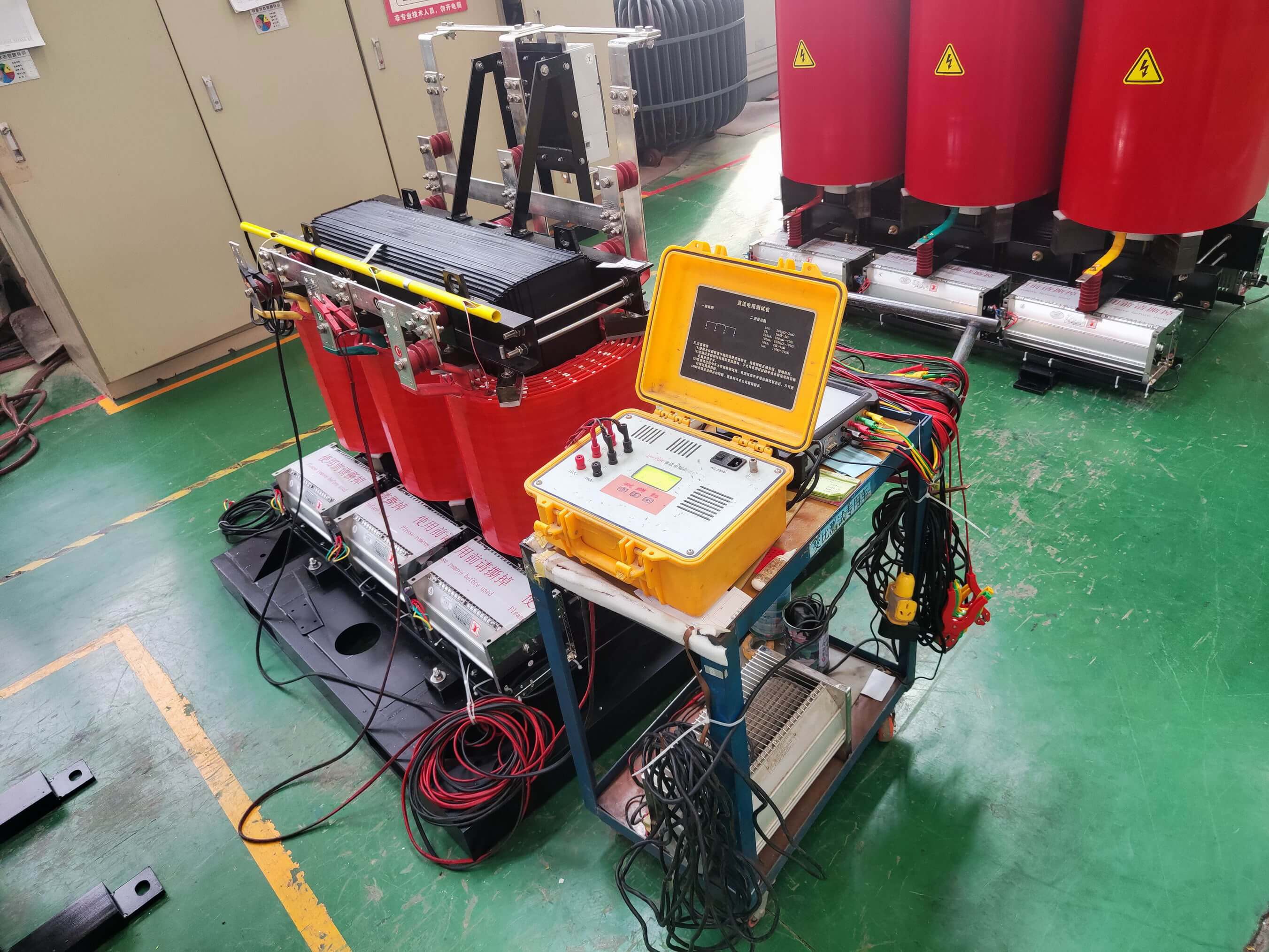
Progress Test
NPC Electric manufactures high-quality three-phase dry-type transformers under strict quality control protocols. The Progress Test for the NPC Electric 2000kVA Dry-Type Transformer is an essential and thorough testing process designed to ensure that the transformer meets the highest standards of performance, safety, and reliability before it is commissioned for use. The testing begins with an insulation resistance test, where the transformer’s insulation system is subjected to high-voltage DC testing to confirm that it can withstand electrical stress and prevent leakage or breakdown, ensuring the safety and longevity of the transformer in operation. The next step is the winding resistance test, where the primary and secondary windings are tested for uniform resistance, ensuring there are no defects such as short circuits or open windings that could compromise the transformer’s functionality. The dielectric withstand test follows, in which the transformer is subjected to a voltage higher than its rated operating voltage to simulate potential voltage surges. This test verifies that the transformer’s insulation is strong enough to withstand overvoltage conditions without damage or failure.
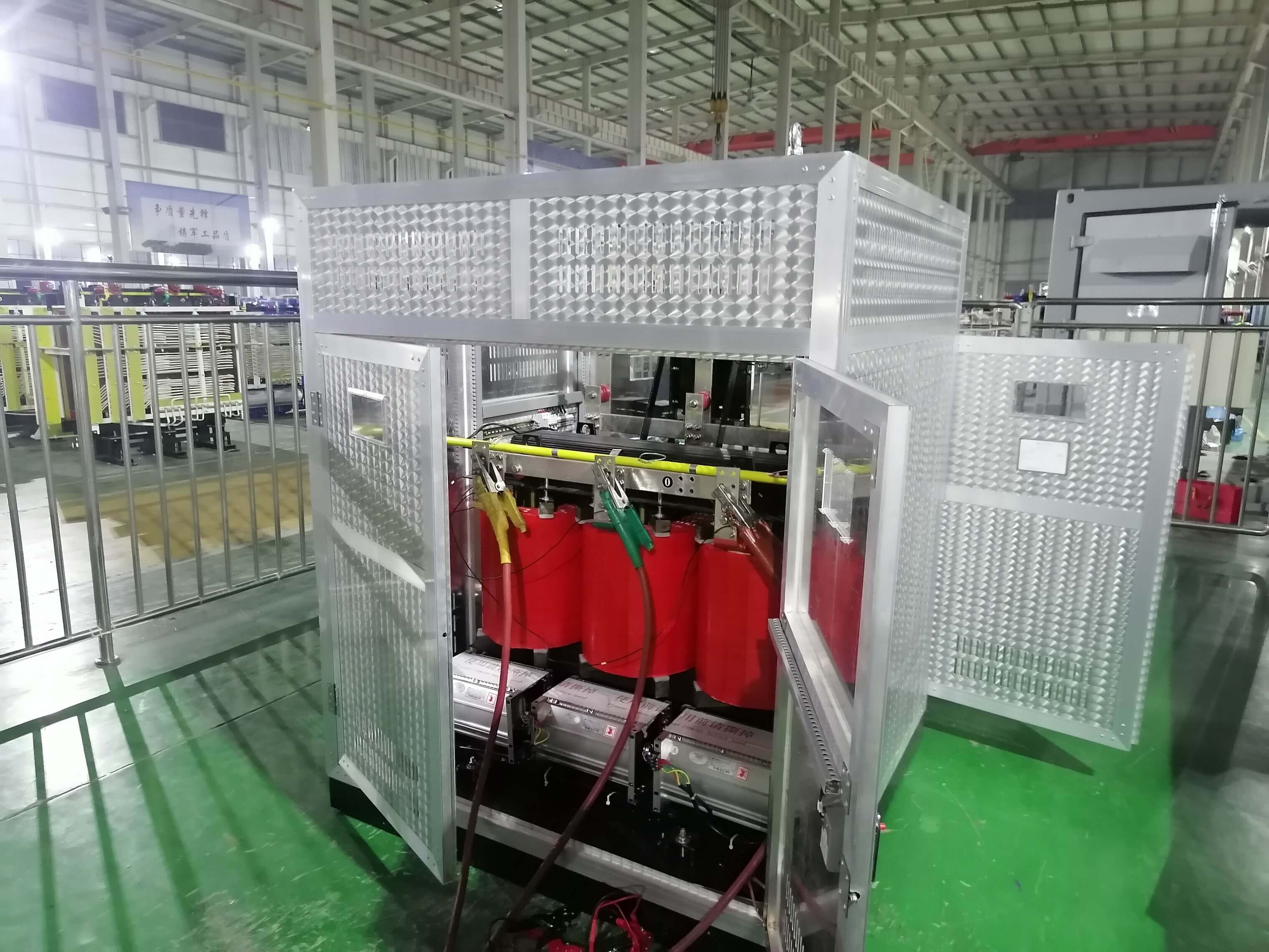
Design Tests
All transformer will be test after finished the production, test items as below:
♦ Insulation Power Factor
♦ Winding Resistance
♦ Impulse Tests
♦ On load Loss Test
♦ No Load Loss Test
♦ Leak Test
♦ DC Insulation Resistance Test
♦ Transformer Turns Ratio/TTR (All Tap Voltages)
♦ Impedance Voltage & Load Loss (Rated Voltage)
♦ Excitation & No-Load Loss (Rated Voltage)
♦ Applied Voltage
♦ Induced Voltage
♦ Lightning Impulse
♦ Insulation Resistance (Rated Voltage)
♦ Temperature Rise
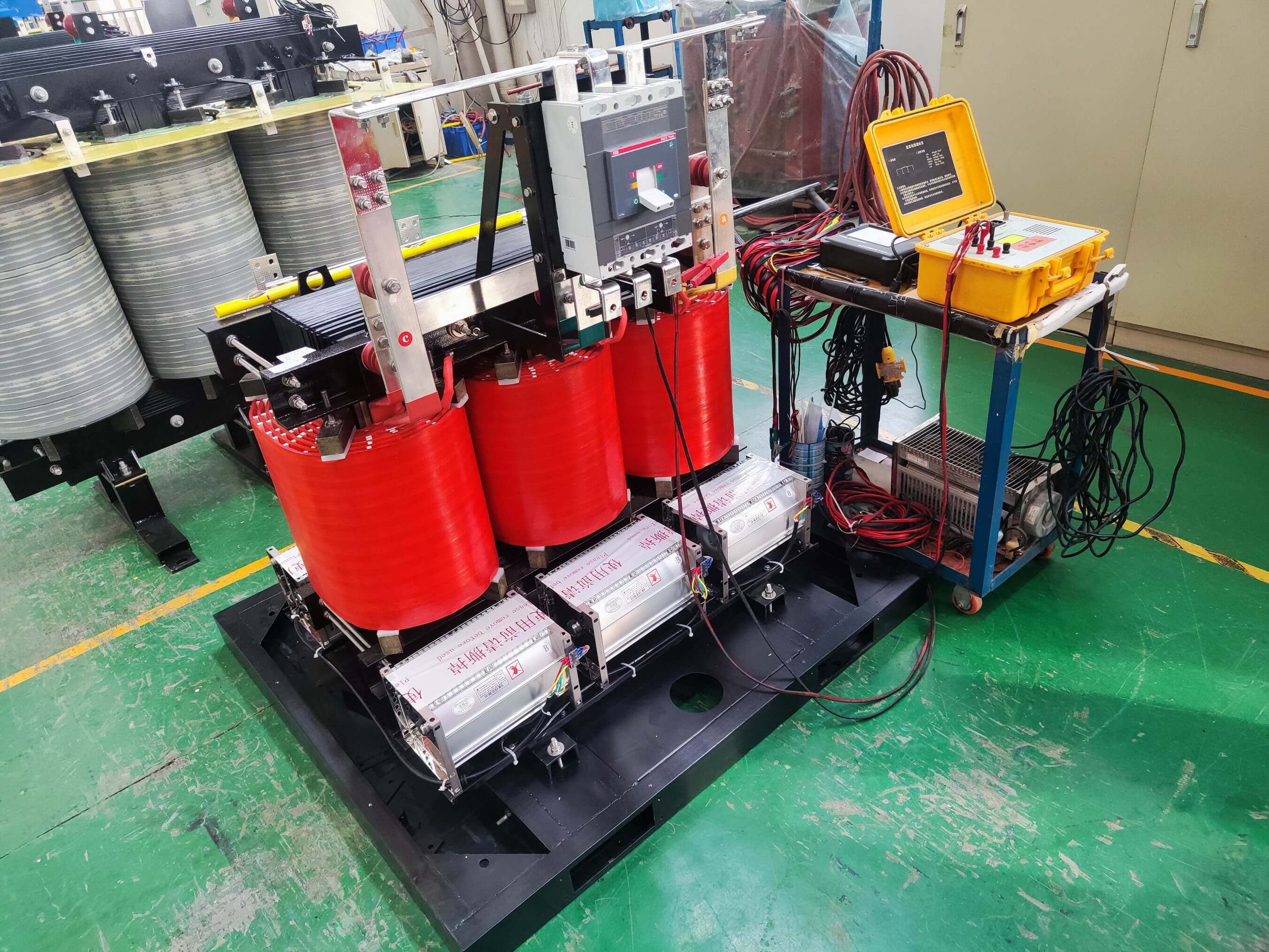
Transformer Factory Acceptance Test
NPC Electric conducts rigorous quality control testing on every transformer or representative samples, as well as on specific components and materials, to ensure compliance with design specifications throughout the production process.
The Factory Acceptance Test (FAT) for a 1000kVA three-phase dry-type transformer is a critical step performed before shipment to verify that the unit meets all applicable standards and delivers optimal performance. The FAT includes the following key procedures:
Visual Inspection: Evaluates the transformer’s physical condition, including the enclosure, terminals, and labeling, to ensure conformance with design and safety requirements.
Electrical Testing: Involves measuring winding resistance, insulation resistance, and performing turns ratio tests to validate electrical integrity and functionality.
Dielectric Strength Test: Applies high voltage across the insulation system to ensure it can endure both normal and transient operating voltages without failure.
Load Testing: Simulates real-world operating conditions to assess the transformer’s voltage regulation, temperature rise, and overall efficiency under load.
Protection Device Testing: Verifies the proper operation of integrated protective components such as thermal sensors, temperature relays, and tap changers (if applicable).
Routine Test - Leak Test
Voltage source (usually 500V, 1 KV or 2.5 KV, customized according to test requirements)
Temperature and humidity meter
Ground electrode
Properly connect the test equipment (such as a leak detector) to the pipe, container or sealing structure of the device under test.
Apply Test Voltage:
Apply the appropriate test pressure (e.g. 10 bar, 15 bar, etc.) depending on the equipment's operating pressure or test standard.
Applied test pressure
Leakage (can be monitored by flow meter or other equipment)
Time record (to ensure that the test time meets the standard requirements)
Initial pressure and final pressure (if any changes)
Minor leakage (good): Very small leakage is allowed, and it is necessary to judge whether it is qualified according to industry standards.

Application
Technical Advantages
Product Packaging
Related Products
FAQ From Customers
-
What is a Transformer?A transformer is an electrical device used to change the voltage of alternating current (AC). It works on the principle of electromagnetic induction, converting high-voltage current into low-voltage current or low-voltage current into high-voltage current. Transformers are widely used in power transmission, distribution systems, and various electronic devices.
-
What are the main uses of a transformer?The main use of a transformer is voltage conversion. Transformers are used in power transmission systems to help transfer electricity from power plants to consumers. In addition, transformers are also used in electronic devices such as chargers, televisions, power adapters, etc., to adjust the voltage to meet the requirements of different devices.
-
Do you have UL listed?Yes, our transformer has UL listed. We have exported to America many pad mounted transformer,substation transformer and HV.

